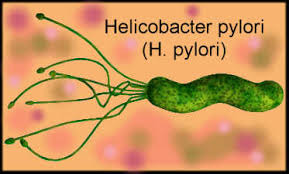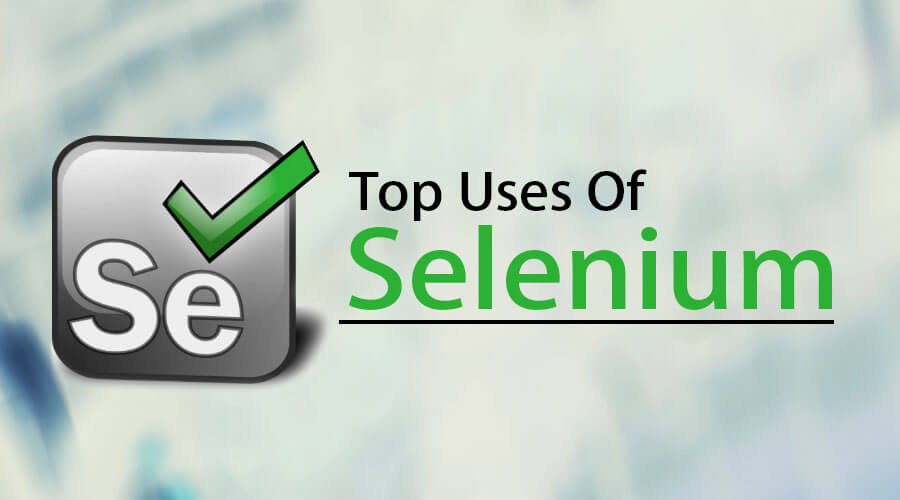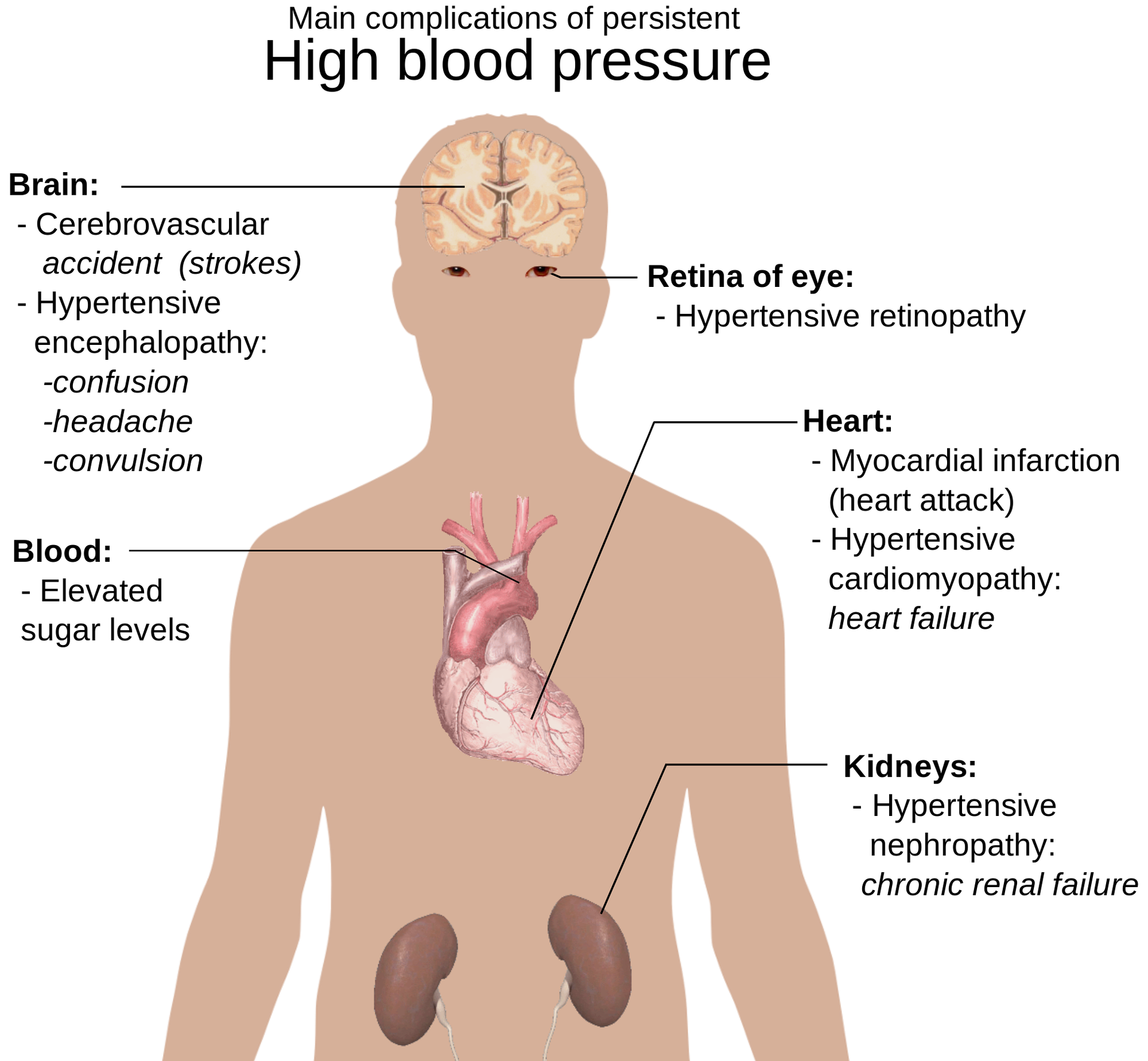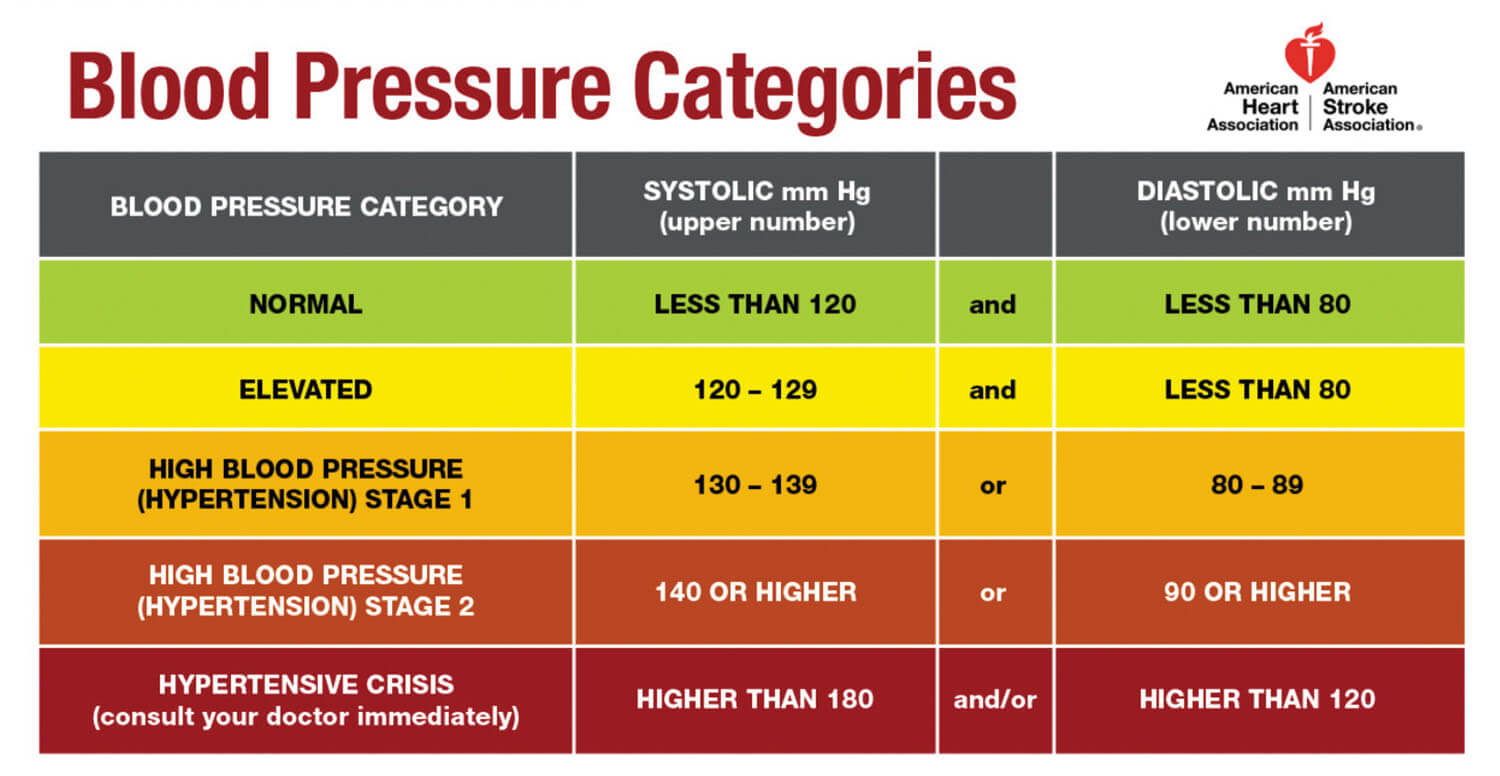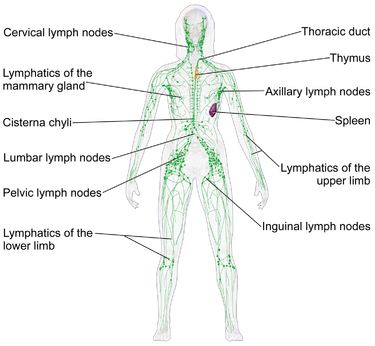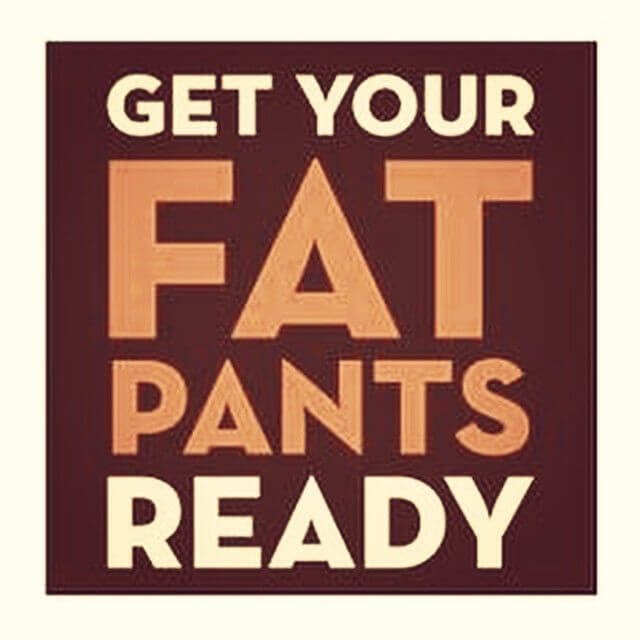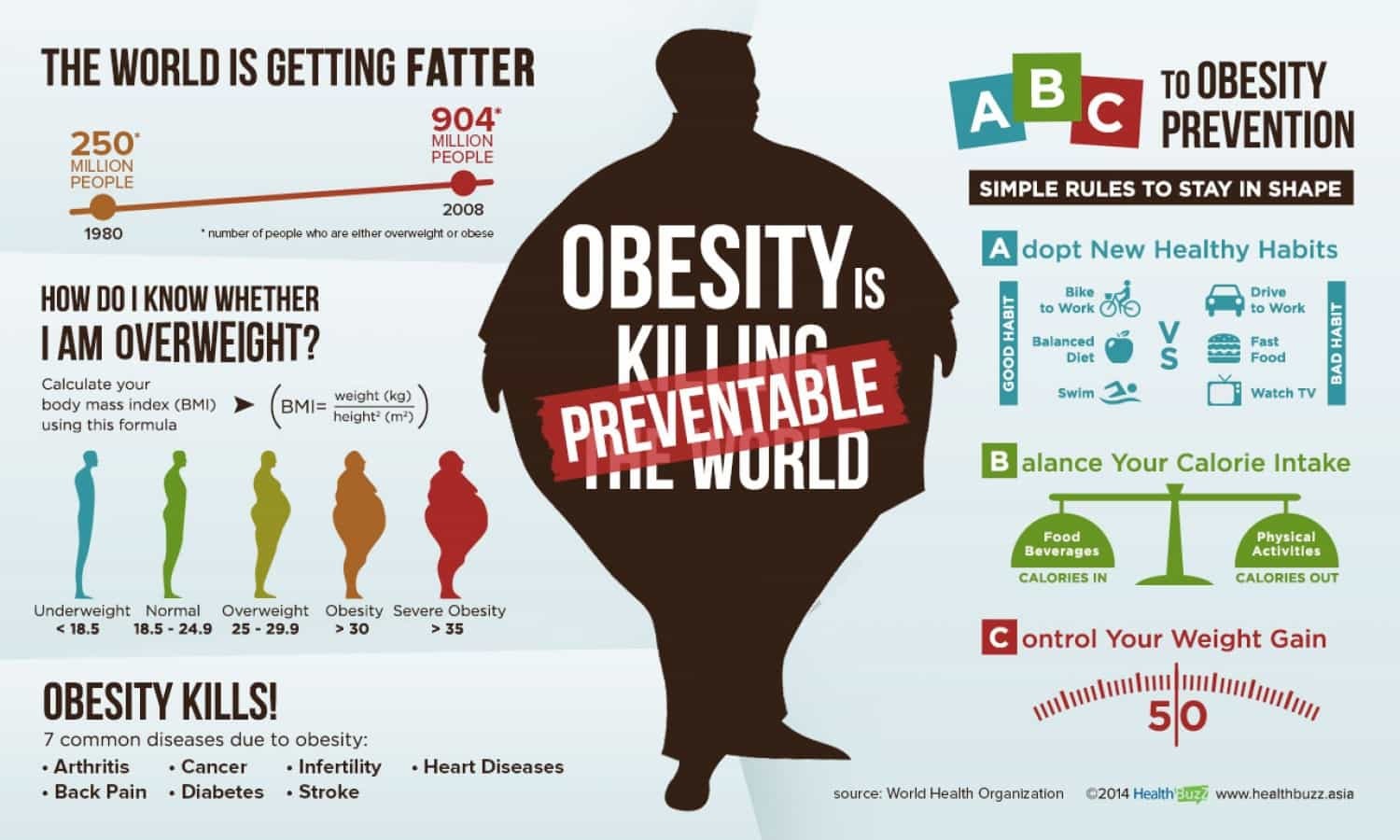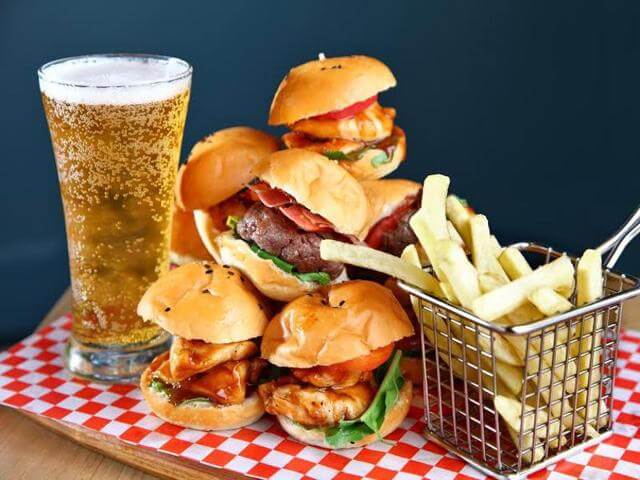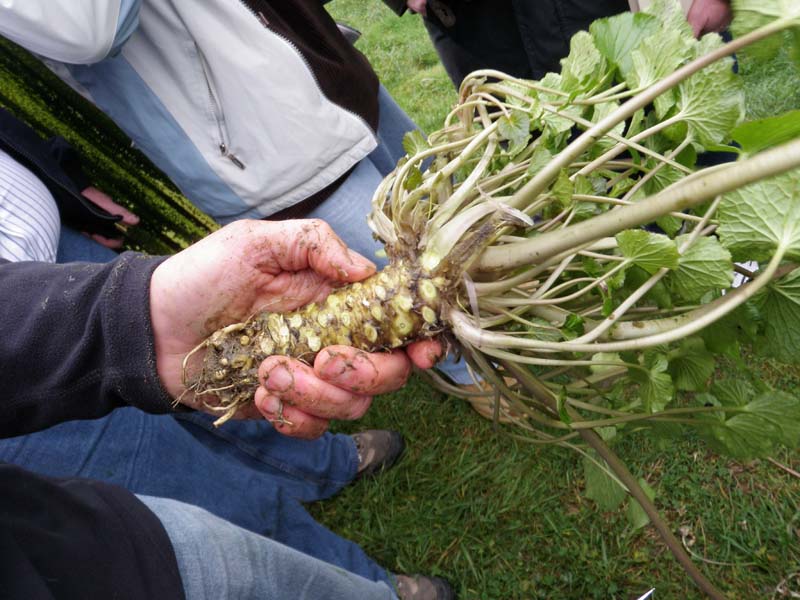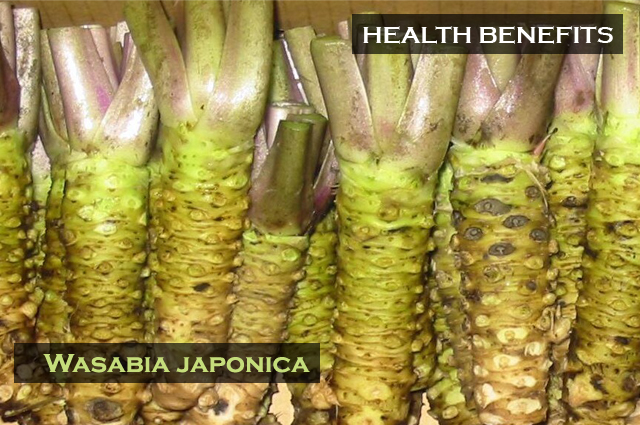Selenium is a metal and is number 34 on the periodic table.
We came across the periodic table in our physics and chemistry classes at school.
Selenium is rare and in very small quantities in soil.
The human body only needs minute amounts of this mineral to kill cancer. One or two Brazil nuts per day is more than enough to satisfy your requirements.
An essential mineral
This amazing nutrient is vital to your health even if you never heard of it. It is an essential mineral, meaning it must be obtained through your diet. It is only needed in small amounts, but plays a major role in important processes in the body like metabolism, killing cancer and thyroid function.
Your body only need a tiny amount of Selenium to remain healthy. It helps your body make special proteins, called antioxidant enzymes. These play a significant role in preventing cell damage.
Nutritional Selenium
Brazil nuts have the highest levels of nutritional selenium. One ounce of brazil nuts contain 544 micrograms of this important nutrient or 777% the Recommended Daily Allowance.
High quality supplements are available. They should contain L-selenomethionine, the most absorbable form of selenoproteins.
For most people the best option may be to include selenium-rich foods in their diet. Great sources include: brazil nuts, crimini mushrooms, cod, shrimp, tuna, halibut, salmon, scallops, chicken, eggs, shiitake mushrooms, lamb, and turkey. Brazil nuts are particularly rich in selenium; it only takes one or two per day to improve your selenium status and boost immune function. (10)
This important nutrient can be toxic in high doses
Selenium is an element necessary for normal cellular function, but it can have toxic effects at high doses. Frequently reported symptoms included diarrhea (78%), fatigue (75%), hair loss (72%), joint pain (70%), nail discoloration or brittleness (61%), and nausea (58%). Symptoms persisting 90 days or longer included fingernail discoloration and loss (52%), fatigue (35%), and hair loss (29%).
Selenium is a naturally occurring mineral required for good health. It is obtained from food, and the recommended dietary allowance is 55 μg/d for persons 14 years or older. The tolerable upper intake limit of 400 μg/d.(1,2) This nutrient is available in a diverse diet with meat, grains, vegetables, and nuts is typically sufficient to negate the necessity for supplementation.(3) Selenium toxicity can occur with acute or chronic ingestion of excess selenium. Symptoms of toxicity include nausea; vomiting; nail discoloration, brittleness, and loss; hair loss; fatigue; irritability; and foul breath odor (often described as “garlic breath”).(1,2,4-6)
Selenium is found in the environment in soil. Soils of certain areas in the Great Plains and western United States(4). There are other parts of the world which have high concentrations, which are taken up by plants. For example, chronic toxicity was endemic in parts of China until recently.(6) Outbreaks of acute selenium poisoning are rare, but have been reported.(7,8)
Outbreaks of selenium poisoning are rare; the last occurred in 2008 with 201 cases. Prior to that was in 1983 and involved 12 persons who had consumed extremely potent selenium tablets as a dietary supplement.(7,8) A single case in 1996 was attributed to vitamins with elevated amounts of selenium.(9) Occasional cases are caused by unintentional or suicidal ingestion.(5)
Did you know that Selenium could help your body to fight Cancer?
Or that it is prescribed to treat chronic dandruff - it is an ingredient in many anti-dandruff shampoos?
This valuable mineral can actually do a huge amount for your wellbeing! As a trace mineral, you only need a small or ‘trace’ amount of it in your diet. But even a tiny amount of this mineral can make a big difference to your wellness.
The main benefit is its ability to fight Cancer.
Not only can this trace mineral prevent the development of Cancer, but it can also help the body to destroy cancerous cells and tumours. Whilst fighting most forms of Cancer, it is particularly effective at fighting Prostate Cancer.
As well as this, Selenium can be relied on to prevent Asthma attacks, since Selenium deficiency leads to an increased risk of Asthma.
The list of benefits that this mineral can offer you is seemingly endless, and this is just a few of its uses!
It can also promote absorption of nutrients, treat Cardiomyopathy, and lower your risk of Keshan disease.
All this is possible with just a small amount of Selenium in your diet. An adult only needs around 55 mcg a day, which can be achieved by eating just a few Brazil nuts daily. Whatever foods you get this mineral from, you can be sure of benefiting your body and tackling diseases with this important nutrient.
Cancer Killer
If you have ever known somebody affected by Cancer, you will know what a serious and challenging condition it can be.
Whether you have known somebody who had Cancer themselves or a person with a loved one tackling Cancer, you will know just how much grief it can cause.
Cancer is one of the biggest causes of death in the modern world.
This has made perhaps the greatest concern of medical researchers and practitioners, particularly in the Western world.
There are many different types of Cancer. Nearly all of them are characterised by the excessive growth of dangerous cancerous cells in certain areas of the body.
One major form of Cancer is Prostate Cancer, which affects around 40,000 men a year in the UK alone.
Risk of prostate cancer
1 man in 9 will be diagnosed with Prostate Cancer during his lifetime. Prostate cancer develops mainly in older men. About 60% are diagnosed in men aged 65 or older, and it is rare before age 40. The average age at the time of diagnosis is about 66.
As a preventative the consumption of one or two brazil nuts a day is a minimal requirement compared to the potential of Prostate Cancer as you get older. If you are allergic to nuts then there are Selenium supplements you can take. So do one or the other from as early an age as possible.
Men Only
Prostate cancer only affects men. This small gland is located beneath the bladder and in front of the rectum. It is actually part of the reproductive system and helps to make the fluid that is known as semen. Semen is needed to carry sperm, so a healthy prostate is needed for proper ejaculation and fertility. Prostate Cancer occurs when the prostate gets larger.
As men get older it is natural for some enlargement of this gland to occur. However, in some cases, this can be a sign of very serious Prostate Cancer. This type of Cancer can make urination and ejaculation painful or difficult. It can also greatly affect reproductive and sexual wellbeing. But asides from complications and pain, Prostate Cancer can be seriously life-threatening. The pressing issue of Prostate Cancer has led to extensive research on treatment options and preventative measures. In particular, there has been interest in the use of vitamins and minerals to naturally prevent and control this form of Cancer.
One mineral that has proven to be particularly important is Selenium.
In several different medical trials and scientific studies, it has been found that low levels of this mineral in the body can lead to a lower risk of Prostate Cancer. In particular, it is known that this important mineral can actively defend the body against the development of Prostate Cancer.
This is because it can support the effects of antioxidants in the body. Antioxidants prevent oxidative stress from occurring in the body. When oxidative stress builds up it can lead to Cancer. So it is important to ensure that antioxidants are able to fight this in your body.
Getting enough Selenium optimises the Cancer preventing benefits of antioxidants. Aside from this, it is thought that it can encourage the immune system to destroy tumours.
If you are at risk of Prostate Cancer or are concerned about your future Cancer risks, then it definitely worth ensuring you have enough Selenium in your diet. People with low Selenium intake can reduce their Prostate Cancer risk just by getting more of this essential mineral in their diet. So if you are a man over the age of 50 it is especially worth making sure you get getting enough of this mineral.
As a woman it is an important mineral that you need to protect you from Cancer.
Brain Health
Supporting your brain health is important at any age.
One nutrient your brain relies on is Selenium.
This actually plays an important role in the production of neurotransmitters. These are brain chemicals responsible for transporting chemical messages through the brain. Without them, you would be unable to react or respond to anything. This makes Selenium quite important to normal brain function. In fact, a low level can lead to notable cognitive decline.
Older people are at risk of Dementia if they have a Selenium deficiency. As you approach the age of 60, it is more important than ever to ensure you get enough Selenium in your diet. It could help you to lower your risk of Alzheimer’s disease.
Another benefit to brain health that this powerful trace mineral offers is in the treatment of Intracranial Pressure. This is a condition that causes a range of unpleasant and frustrating symptoms. These include frequent headaches, Vertigo, nausea, speech disorders, and chronic fatigue. According to some early research, Selenium could help to manage this condition and relieve the symptoms of it as well.
Diet
Your diet should include Selenium for your health and wellbeing.
There is not actually a huge range of foods that contain this important mineral. For those who don’t eat meat, dairy or shellfish, there are even fewer food sources. This means that most vegetarians and vegans may struggle to find good food sources of Selenium.
The good news is that you don’t need a lot in your diet at all. As a trace mineral, you only need a ‘trace’ or a small amount of it in your diet. If you eat even a small portion of Selenium-rich foods that could be enough to meet your Recommended Daily Allowance of 55 mcg. Although, if you want to treat health conditions with Selenium then you may want to get a little more Selenium than the RDA suggests, just under 200 mcg.
Organ and Muscle Meat
Organ and muscle meat are known to be rich in Selenium. The liver is a good option since it is rich in nutrients and healthy enzymes. Although an unusual choice of meat, it tends to be cheaper and offers a unique flavour to meals.
Try swapping traditional cuts of meat for organ meats to increase your Selenium intake. Poultry can be a good source of Selenium although in most cases this is only true of organic and free-range poultry. Fish, eggs, and dairy foods also contain a significant amount of Selenium and can be included every now and then as part of a nutritious and healthy diet.
Plant Foods
With plant foods, most of the Selenium they contain depends on the soil they were grown in. Soil contains Selenium which is absorbed by the plant roots. Depending on the geographical location of where the plant is growing, the Selenium concentration of plant foods can vary quite a bit. If a plant food is considered to be rich in Selenium you can be sure that it has enough to help you meet your RDA.
One of the absolute best sources of Selenium is Brazil nuts. Brazil nuts are certainly the most concentrated plant food when it comes to this trace mineral. Just one Brazil nut provides you with up to 95 mcg of Selenium. This is almost twice an adult’s RDA. In a recent New Zealand study, Brazil nuts were found to be a far more preferable source of Selenium than supplements. If you are not a fan of Brazil nuts, you can also look to walnuts to support your wellbeing.
If you include a Selenium rich food like these nuts in your diet regularly it should avoid the need for any supplement in the first place. Other plant foods that contain a notable amount of Selenium include various cereals and grains, raisins, onions, garlic and kidney beans.
Having a variety of these Selenium-rich foods in your diet can help you to meet your daily needs for this trace mineral. Asides from this, it can certainly help you to support long term health and wellbeing. Whether you want to prevent Cancer or support cognitive (brain) health, you can rely on this mineral to help you.
Irrelevant Nutrient
The trace mineral selenium was considered an irrelevant nutrient as recently as three decades ago. Now scientists have discovered that selenium is actually crucial to the health of humans. It plays a role in helping to protect the body against a wide range of damaging diseases and conditions.
Selenium’s rise from an irrelevant mineral to a crucial trace element has occurred as a result of studies. They indicated its role in regulating metabolism, cell manufacture, enhancing reproductive efforts, neutralising damaging free radicals and protecting the body against infection and cancer. In addition to these benefits, selenium is the only trace element that is incorporated into our genetic material. Selenocysteine is a specific amino acid that is incorporated into numerous proteins in our bodies under the direction of the genetic code.
Mostly we obtain selenium from plants. This bonds with proteins in our bodies to create compounds known as selenoproteins. At least 25 unique selenoproteins exist within our bodies. These play an important role in many processes from protecting us against free radical damage through to activating thyroid hormone release.
Commonly found in supplements as Sodium Selenite.
Multiple Protective Roles
Selenium combines with the body’s natural antioxidant, glutathione, to form powerful compounds known as glutathione peroxidases.
Glutathione peroxidases are compounds that convert hydrogen peroxide and other damaging compounds into water or harmless alcohol. Selenium also combines with a specific protein to form a compound referred to as Selenoprotein P. This particular protein helps to protect the circulatory system including the heart and all the blood vessels from damage.
The other benefit of selenium is that it reactivates vitamins C and E back to their active state. Vitamins C and E work to neutralise free radicals and without selenium, these neutralised compounds would be excreted out including the vitamins C and E. By binding with the toxic molecules, vitamins C and E are put back into their active state so that they can attack more free radicals and protect our bodies.
Immune System
Selenium plays a crucial role in the proper functioning of the immune system. Selenium is required to signal cytokines, which are compounds that tell your immune system to get to work. Additionally, selenium has been shown to prevent viral mutation of many species and thus prevent recurring infections.
Important studies in the US and Finland have shown the protective effect of selenium against cell mutation. Within the UK, dietary selenium levels are considerably lower than in the US. These levels have fallen very significantly in recent years. Levels now stand at around half the Government’s defined Reference Nutrient Intake which for the UK is 70 mcg for men and 60 mcg for women.
A dietary supplement of selenium has tremendous potential for reducing the various forms of cell mutation at a relatively low cost. When researchers at the University of Arizona conducted a study involving 1300 patients, they found more than 50% reduction in certain cell mutation diseases when compared to the placebo group.
Thyroid
The thyroid gland holds the largest concentration of selenium of any organ in the body. Three different selenium-bound proteins are responsible for making active thyroid hormone available in circulation. Selenium is therefore essential for all the processes carried out by the thyroid gland including metabolism, normal growth and development. This is aside from the link between thyroid hormones and all the other hormones within our body. Thyroid hormone deficiencies affect most other hormonal glands in the body.
Selenium’s role in protecting the cardiovascular system remains unclear. It is theorized that selenium’s anti-inflammatory and antioxidant properties may help protect the heart, although more research needs to be carried out to confirm this.
Foods
Food sources of selenium include chicken, meat, grains, fish and dairy products. However most of the foods we ingest contain very low levels of selenium especially if you live in Europe. The reason for this is because selenium is a trace mineral that is extracted by plants from the soil and therefore its availability is largely determined by soil quality. Unfortunately most of Europe, China and New Zealand are known for having selenium deficient soils, as do parts of the USA.
It is estimated that before the end of the century using moderate climate change projections, the predicted future (2080–2099) soil selenium losses will be 58%. Predicted losses from croplands were even higher, with 66% of croplands predicted to lose 8.7% selenium. These losses could increase the worldwide prevalence of selenium deficiency.(11)
When combined with vitamin E‚ selenium (selenomethionine) may have several additional benefits. It can support some of the cells that are responsible for producing energy. Overall‚ it may promote fertility and growth.
Finally‚ selenium supports healthy blood flow because it is essential to the production of prostaglandins. It is also involved in thyroid hormone synthesis‚ and immune system functioning; the latter is because it may work with other minerals to build up white blood cells.
There are several forms of selenium supplements available on the market. Selenium (selenomethionine) combined selenium with organic methionine that is incorporated directly into proteins; it releases selenium into the bloodstream when these complex molecules are broken down during the metabolic process.
References
1. Agency for Toxic Substances and Disease Registry (ATSDR) Toxicologic Profile for Selenium. Atlanta, GA: US Department of Health and Human Services, Public Health Service; 2003. [Google Scholar]
2. Institute of Medicine (IOM) Dietary Reference Intakes for Vitamin C, Vitamin E, Selenium, and Carotenoids.Washington, DC: National Academy Press; 2000. Selenium; pp. 284–324. [Google Scholar]
3. Levander OA. Scientific rationale for the 1989 recommended dietary allowance for selenium. J Am Diet Assoc. 1991;91(12):1572–1576. [PubMed] [Google Scholar]
4. Fan AM, Kizer KW. Selenium-nutritional, toxicologic, and clinical aspects. West J Med. 1990;153(2):160–167. [PMC free article] [PubMed] [Google Scholar]
5. Nuttall KL. Evaluating selenium poisoning. Ann Clin Lab Sci. 2006;36(4):409–420. [PubMed] [Google Scholar]
6. Yang GQ, Wang SZ, Zhou RH, Sun SZ. Endemic selenium intoxication of humans in China. Am J Clin Nutr. 1983;37(5):872–881. [PubMed] [Google Scholar]
7. Centers for Disease Control (CDC) Selenium intoxication—New York. MMWR Morb Mortal Wkly Rep. 1984;33(12):157–158. [PubMed] [Google Scholar]
8. Galliot-Guilley M. Toxicity with superpotent selenium. FDA Drug Bull. 1984;14(2):19. [PubMed] [Google Scholar]
9. Clark RF, Strukle E, Williams SR, Manoguerra AS. Selenium poisoning from a nutritional supplement. JAMA. 1996;275(14):1087–1088. [PubMed] [Google Scholar]
10. Christine D Thomson, Alexandra Chisholm, Sarah K McLachlan, Jennifer M Campbell, Brazil nuts: an effective way to improve selenium status, The American Journal of Clinical Nutrition, Volume 87, Issue 2, February 2008, Pages 379–384, https://doi.org/10.1093/ajcn/87.2.379
11. Gerrad D. Jones, Boris Droz, Peter Greve, Pia Gottschalk, Deyan Poffet, Steve P. McGrath, Sonia I. Seneviratne, Pete Smith, Lenny H. E. Winkel, Climate change affects selenium deficiency risk, Proceedings of the National Academy of Sciences Mar 2017, 114 (11) 2848-2853; DOI:10.1073/pnas.1611576114. https://www.pnas.org/content/114/11/2848
The most potent Cancer Killing Plant is Wasabia japonica - Wasabi.
But not the stuff you normally get with your Sushi. That is normally a mix of horseradish, mustard and artificial colouring.
I am talking about the real stuff - it is a plant and doesn't require anything else to be added to make it taste the way it does. It also naturally contains the highest amount of cancer killing ingredients yet found in the plant work. Here is more information about this amazing plant.
For those of you do not like the taste of Wasabi then there are supplements available. The ones we recommend is the SAWA brand which does not contain any additives or fillers of any kind. They are 100% Pure Wasabia japonica rhizome powder in a vegetarian capsule.
Buy your Sawa capsules here and help support this website.
All Capsules contain Sawa 100% Pure Wasabia japonica freeze dried rhizome powder. No additives of any kind.
Recommended dosage is 1 - 3 capsules daily with food at breakfast.
